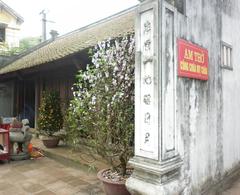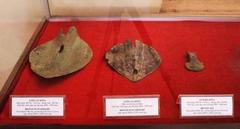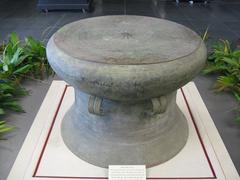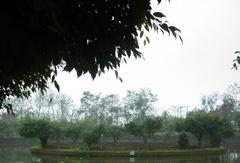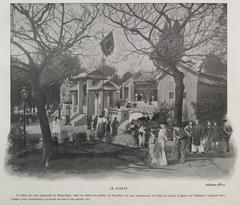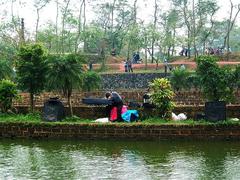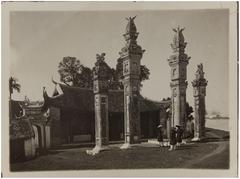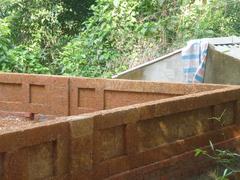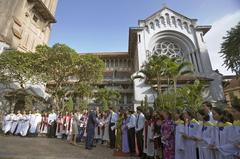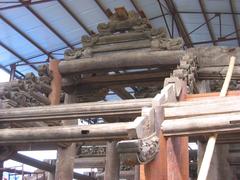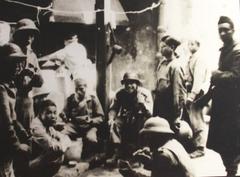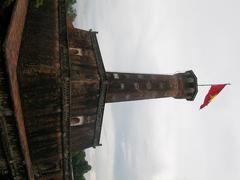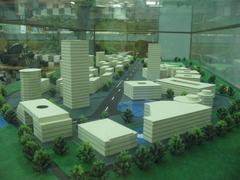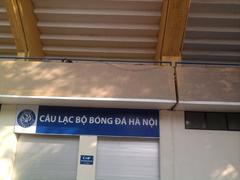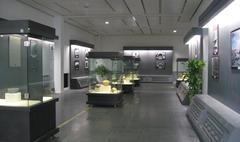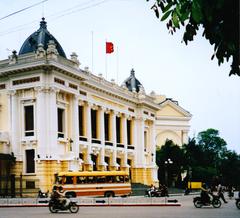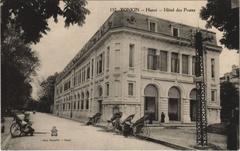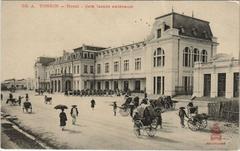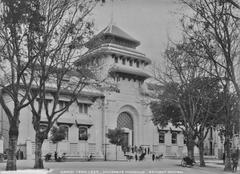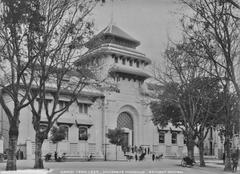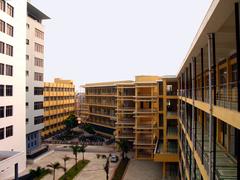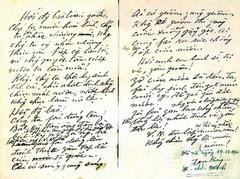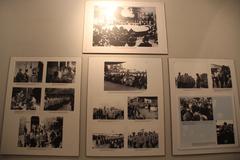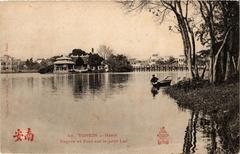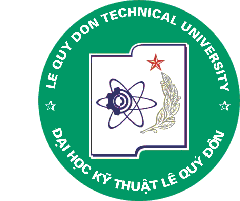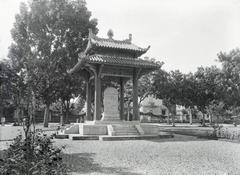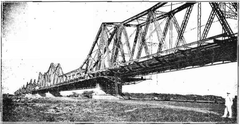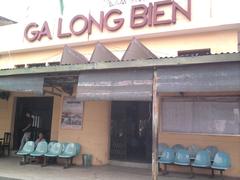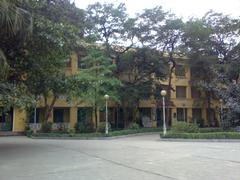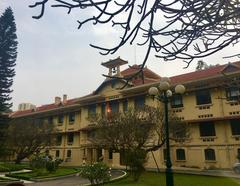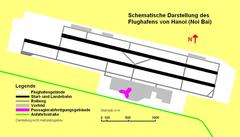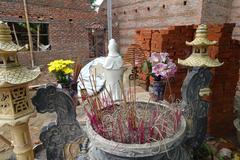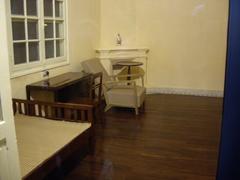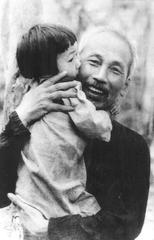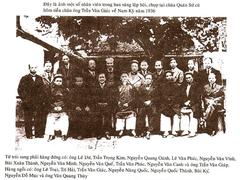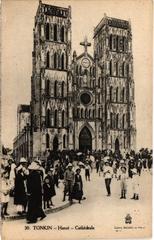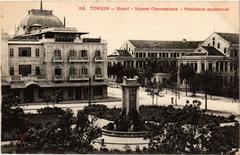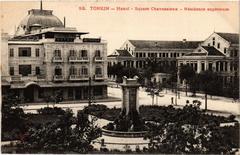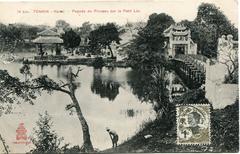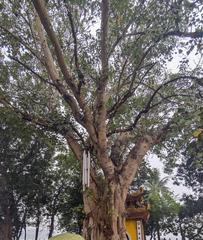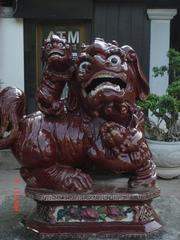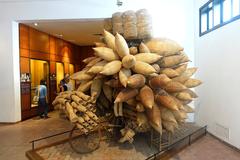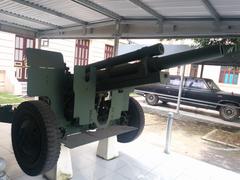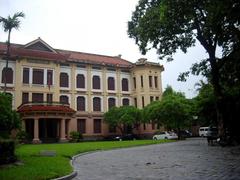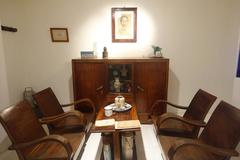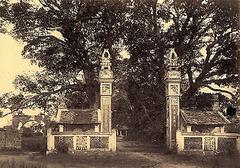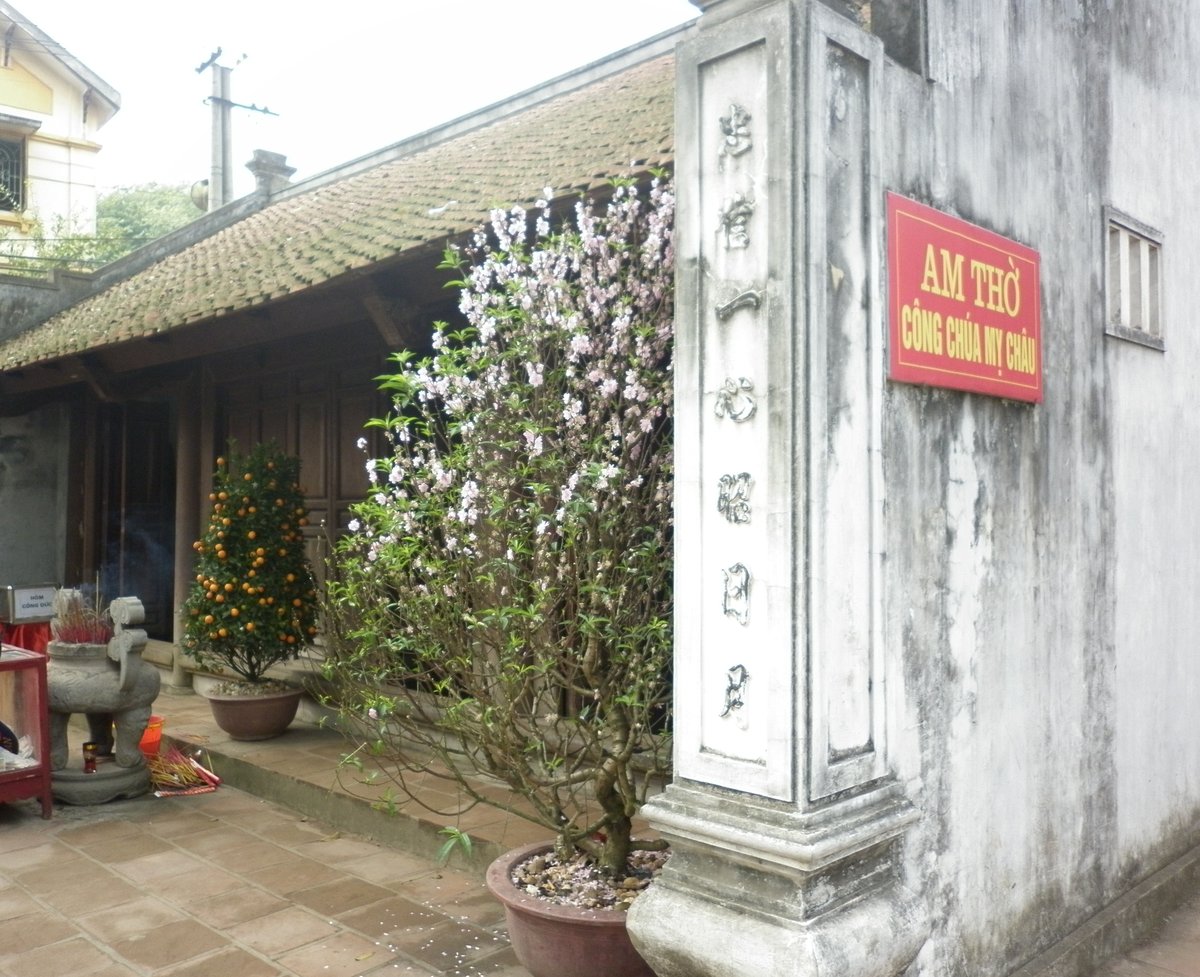
Comprehensive Guide to Visiting Co Loa Citadel, Hanoi, Vietnam
Publication Date: 16/08/2024
Introduction
Co Loa Citadel, located approximately 17 kilometers north of Hanoi in the Dong Anh district, is Vietnam’s oldest and one of its most significant fortresses. Constructed in the 3rd century BCE, Co Loa served as the capital of the Au Lac Kingdom under King An Duong Vuong. Its strategic location on the Red River delta triangle provided natural defensive advantages and facilitated transportation via the Red and Duong Rivers (hanoioldquarterguide.com). This ancient site is not only a marvel of early military engineering but also a repository of Vietnamese history, culture, and legends.
The citadel’s design features a unique spiral layout and multi-layered walls intended to confuse and deter attackers. Though originally consisting of nine concentric walls, today only three primary walls remain: the outer, middle, and inner citadels. These walls, along with artifacts such as bronze drums, coins, and thousands of bronze arrows, reveal the citadel’s role in early Vietnamese civilization (nomads-travel-guide.com).
Co Loa Citadel is not just an archaeological treasure but also a vibrant cultural landmark. It hosts the annual Co Loa Citadel Festival, which celebrates its historical and cultural significance with traditional ceremonies, games, and performances. The ongoing preservation efforts, recognized by its designation as a Special National Monument in 2012, ensure that Co Loa remains a vital part of Vietnam’s national heritage (vietnamtravel.com). This guide offers an in-depth look into Co Loa Citadel’s history, architectural marvels, visiting hours, ticket information, and travel tips to help you make the most of your visit.
Table of Contents
- Introduction
- Historical Background
- Modern Significance and Tourism
- Preservation and Ongoing Research
- Key Structures and Sites within the Citadel
- Visitor Information
- Nearby Attractions
- Frequently Asked Questions (FAQ)
- Conclusion
Historical Background
Early History and Construction
Co Loa Citadel, located approximately 17 kilometers north of Hanoi in the Dong Anh district, is recognized as Vietnam’s oldest fortress. Constructed in the 3rd century BCE, it served as the capital of the Au Lac Kingdom under the reign of King An Duong Vuong. The citadel’s strategic location on the second peak of the Red River delta triangle provided natural defensive advantages and facilitated transportation and water delivery via the Red and Duong Rivers (hanoioldquarterguide.com).
Architectural Significance
The citadel’s design is a remarkable example of ancient military engineering. Its unique spiral layout and multi-layered walls were intended to confuse and deter attackers. Originally, the citadel featured nine concentric walls, although today, only three primary walls remain: the outer, middle, and inner citadels. The outer walls, extending approximately 8 kilometers in circumference, stood 4-5 meters high and provided formidable defenses. The middle and inner citadels offered additional layers of protection, with the inner citadel housing the main palaces and temples (nomads-travel-guide.com).
Archaeological Discoveries
Excavations at Co Loa have uncovered significant artifacts, including pottery from the Dong Son culture and a large bronze drum, indicative of the site’s historical wealth. These findings highlight Co Loa’s role in early Vietnamese civilization. Archaeological studies have revealed multiple layers of construction and occupation, suggesting the citadel’s continuous importance from the Bronze Age through the early historical periods. Notable relics include bronze drums, coins, axes, thousands of bronze arrows, plows, and objects made of ceramic and terracotta (vietnamtravel.com).
Historical Role and Political Significance
Co Loa Citadel served as a key political center for the Vietnamese people until the 10th century. After the Au Lac Kingdom, it was chosen as the national capital under the reign of King Ngo Quyen (AD 939-44). The citadel’s fertile lands ensured a bountiful agricultural base, which helped sustain the population and secure economic stability. Its proximity to waterways promoted trade and cultural exchanges, embedding Co Loa deep within the economic and social veins of ancient Vietnam (hanoioldquarterguide.com).
Legends and Cultural Relevance
The construction and history of Co Loa Citadel are wrapped in fascinating legends, particularly the story of King An Duong Vuong. According to folklore, the king sought to establish a new capital for the ancient kingdom of Au Lac. However, the initial attempts to construct the walls were thwarted by unknown forces, causing them to repeatedly collapse. A sacred golden turtle intervened, providing a magical claw to enhance the king’s crossbow, ensuring the successful completion of the citadel. This story, along with the tragic tale of Princess My Chau’s betrayal, reflects themes of divine intervention, loyalty, and sacrifice, deeply resonating with Vietnamese cultural values (daytourshanoi.com).
Modern Significance and Tourism
Today, Co Loa Citadel is a popular historical attraction near Hanoi, offering visitors a glimpse into Vietnam’s ancient past. The site spans three communes: Co Loa, Duc Tu, and Viet Hung, and features well-preserved remnants of the ancient fortress. The annual Co Loa Citadel Festival, held in the first lunar month, celebrates the citadel’s historical and cultural significance with traditional ceremonies, games, and performances, fostering community involvement and preserving ancient traditions. This festival, along with the site’s legends and archaeological treasures, makes Co Loa Citadel a living monument that continues to inspire and educate about Vietnam’s rich heritage (nomads-travel-guide.com).
Preservation and Ongoing Research
The preservation of Co Loa Citadel and ongoing archaeological research continue to provide valuable insights into ancient Vietnamese society, urban planning, and technological advancements. The site’s preservation efforts have been recognized, and in 2012, Co Loa was designated as a Special National Monument. This recognition underscores the citadel’s historical, artistic, and archaeological value, ensuring that it remains a vital part of Vietnam’s national heritage (vietnamtravel.com).
Key Structures and Sites within the Citadel
An Duong Vuong Temple (Thuong Temple)
An Duong Vuong Temple, also known as Thuong Temple, resides at the core of the Citadel and holds historical significance. Positioned atop a mound shaped like a dragon’s head, flanked by two verdant forests, and featuring two round holes representing dragon eyes, the temple is set against the picturesque backdrop of a sizable lake. Within the temple, numerous relics are preserved, including a bronze statue of An Duong Vuong, two Hong and Bach horses, and various artifacts crafted from bronze, porcelain, wood, and fabric (goviettrip.com).
Co Loa Communal House
The Co Loa Communal House, moved several times, found its current location in the late 18th century. The entrance of the temple is adorned with meticulous carvings and gilded images, along with representations of four types of flowers: Peach Blossom, Apricot Blossom, Bamboo, and Chrysanthemum. The solid architecture of the Co Loa Temple is certain to impress visitors with the enduring beauty that has graced this site for thousands of years (goviettrip.com).
Temple of My Chau Princess
The temple of My Chau Princess contains a peculiar headless stone figure referred to as the My Chau Stone. Adorning the temple walls is a horizontal inscribed board featuring a poem in Classical Chinese by Chu Manh Trinh. The temple’s tales of legend and enigma captivate numerous individuals, sparking a sense of curiosity (goviettrip.com).
Cao Lo Temple
Under the reign of An Duong Vuong, Cao Lo distinguished himself as a skilled general and played a crucial role in supervising the construction of the citadel. The temple dedicated to him stands as a tribute to his significant contributions to the nation (goviettrip.com).
Visitor Information
Co Loa Citadel Visiting Hours
The citadel is open daily from 8:00 AM to 5:00 PM, allowing visitors ample time to explore the historical site and its surroundings.
Co Loa Citadel Tickets
Tickets for visiting Co Loa Citadel are reasonably priced, ensuring accessibility for all visitors. The current ticket price is VND 20,000 for adults and VND 10,000 for children.
Travel Tips
- Getting There: Co Loa Citadel is easily accessible from Hanoi. Visitors can take a bus, taxi, or motorbike. Bus route 46 from My Dinh Station is a popular option.
- Best Time to Visit: The best time to visit Co Loa Citadel is during the cooler months from November to March, when the weather is more pleasant for exploring outdoor sites.
- Guided Tours: Consider hiring a local guide to gain deeper insights into the citadel’s history and legends. Guided tours are available on-site.
- Photography Spots: Don’t miss capturing the picturesque views from the outer walls and the tranquil lake near An Duong Vuong Temple.
Nearby Attractions
- Bat Trang Pottery Village: Located nearby, this village is famous for its traditional ceramics and offers a unique cultural experience.
- Dong Ngac Ancient Village: A well-preserved village with historical houses and temples, perfect for a half-day trip from Co Loa.
- Soc Son Temple Complex: A serene site featuring temples and pagodas nestled in the mountains, ideal for a peaceful retreat.
Frequently Asked Questions (FAQ)
Q: What are the visiting hours for Co Loa Citadel?
A: Co Loa Citadel is open daily from 8:00 AM to 5:00 PM.
Q: How much are tickets to Co Loa Citadel?
A: Tickets are priced at VND 20,000 for adults and VND 10,000 for children.
Q: What is the best way to reach Co Loa Citadel from Hanoi?
A: The citadel can be reached by bus, taxi, or motorbike. Bus route 46 from My Dinh Station is a convenient option.
Q: Are there any guided tours available at Co Loa Citadel?
A: Yes, guided tours are available on-site and are highly recommended for a comprehensive understanding of the citadel’s history and significance.
Conclusion
Co Loa Citadel stands as a monumental artifact of early Vietnamese civilization, symbolizing Vietnam’s early statehood and providing a cultural and political anchor for the country. Its historical significance, architectural ingenuity, and rich cultural heritage make it an essential destination for those seeking to explore Vietnam’s ancient past. The ongoing preservation and research efforts ensure that Co Loa Citadel remains a vital part of Vietnam’s national identity and heritage. For more travel tips and updates, follow us on social media and check out our related posts on historical sites in Hanoi (hanoioldquarterguide.com).
References
- Co Loa Citadel, 2023, Hanoi Old Quarter Guide hanoioldquarterguide.com
- Co Loa Citadel, 2023, Nomads Travel Guide nomads-travel-guide.com
- Co Loa Ancient Citadel, 2023, Vietnam Travel vietnamtravel.com
